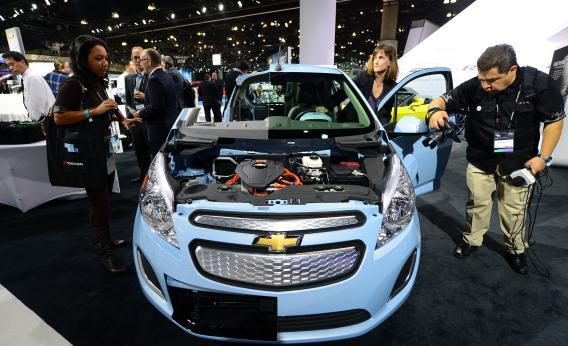The Treasury Department is ready with its plan to return General Motors to full private ownership by selling its remaining 500 million shares in the company over the next fifteen months by accepting a net loss that will total a few billion dollars.
The original investment in the company was to the tune of $49.5 billion of which Treasury has already recouped $28.7 billion through repayments, sales of stock, dividends, and interest. That leaves a net $20.8 billion investment. Step one in exiting the investment will be the sale of 200 million of the company to GM itself in a buyback scheme valued at $27.50, thus raising $5.5 billion. Then the government will be left with 300 million shares and a $22 billion investment. The plan is to not try to wait for the share price to rise high enough for that to be profitable, but to just liquidate the 300 million shares at a steady orderly pace over time. At today’s share price that would leave the government with about a $15 billion total loss which will be offset by TARP investment gains in the banking sector.
I hasten to note that though the various TARP profit-and-loss figures have become a bone of political contention, they’re pretty much irrelevant. Since the government has an ultra-low cost of funds, it would be relatively trivial for a large Treasury Department investment fund to earn accounting profits if that were an aim of public policy.
But that’s not what the government is for and not the correct measure of policy success. If there’s a problem with either the financial or the automotive sides of TARP it’s not the expenditure of funds, it’s that both initiatives tended (by design) to perpetuate existing patterns of business within the United States. The total collapse of the Michigan-centered auto industry would, for better or for worse, have opened up new market opportunities for other automaker with production facilities located elsewhere. A giant wave of bank failures would presumably have led some people to found new banks that might have thrived and been much better than the old banks ever were. On the other hand, either the total collapse of the midwestern auto industry or a huge wave of bank failures would have produced massive dislocations in people’s lives and a lot of misery on the road to renewal. Those are the questions to think about, not how much money was made or lost in this or that investment.
